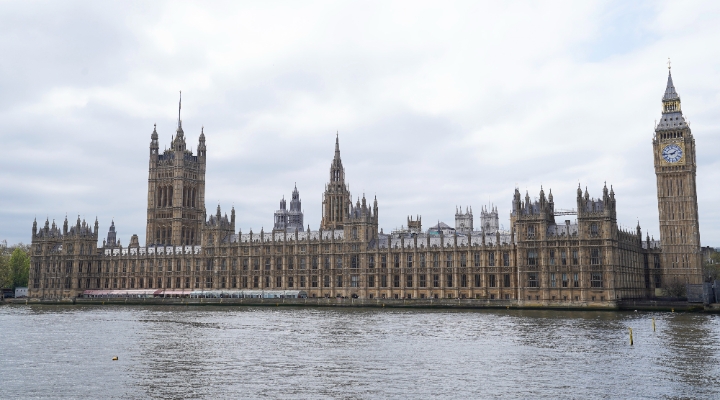
The UK economy experienced a milder-than-expected contraction in May, according to figures from the Office for National Statistics (ONS) on Thursday, while industrial production declined and the goods deficit widened.
According to the ONS, real gross domestic product (GDP) is estimated to have fallen by 0.1% in May from the previous month, after growing 0.2% in April.
May's reading was higher than the FXStreet-cited consensus of 0.3% decline.
GDP has shown no growth in the three months to May 2023 when compared to the three months to February, the ONS said. GDP in May 2023 was 0.4% lower than May 2022, compared to annual growth of 0.5% in April.
"The Platinum Jubilee, and the move of the May bank holiday, led to an additional working day in May 2022 and two fewer working days in June 2022," the ONS said.
"This should be considered when interpreting the seasonally-adjusted movements involving May and June 2022."
Danni Hewson, AJ Bell head of financial analysis, says the figures showed resilience, but not robustness.
"It could have been much worse. Those three lovely, long bank holidays might have been a delight for many of us, but we knew it would come at the expense of economic growth.
"Factories, GP surgeries and schools all shut up shop as the country celebrated the coronation of King Charles with an extra day off, which delivered a feel-good boost but curtailed sectors from manufacturing to services.
"The fact the contraction came in at just 0.1% demonstrates the resilience of the UK economy which has been battered by inflation, interest rate hikes and strike action.
"But there’s no point looking at the picture through rose-tinted glasses because it’s crystal clear that resilient is a far cry from robust."
Separately, the ONS reported the UK's industrial production continued to contract in May.
On a monthly basis, industrial production in May fell 0.6%, worsening from a 0.2% decline in April, and undershooting market forecasts of a 0.4% decline.
Annually, industrial production fell 2.3% in May, in line with forecasts, and declining further from a 1.6% fall in April. April's figures were revised from a 0.3% monthly fall, and 1.9% annual fall.
The monthly decline in May was due to a fall in three of the four production sectors. Electricity and gas production fell 2.0%, with water supply and sewerage down 1.7%, and manufacturing down 0.2%. These were offset by a 0.3% rise in mining and quarrying.
The ONS also updated on UK trade data for May.
The value of goods imports rose 4.2% from the previous month to £50.5 billion, or by 5.9% when removing the effect of inflation. Meanwhile, good exports fell 4.4% month-on-month to £30.7 billion, or by 3.2% excluding inflation.
This resulted in a total trade deficit in goods of £19.8 billion, which widened by £3.5 billion from the previous month.
The total trade in goods and services deficit narrowed by £5.9 billion to £18.2 billion in the three months to May 2023 compared with the three months to February, the ONS said.
This was the result of a larger fall in imports and a rise in exports, it added.
By Elizabeth Winter, Alliance News senior markets reporter, with additional reporting by Ollie Smith, UK editor, Morningstar










.jpg)


















